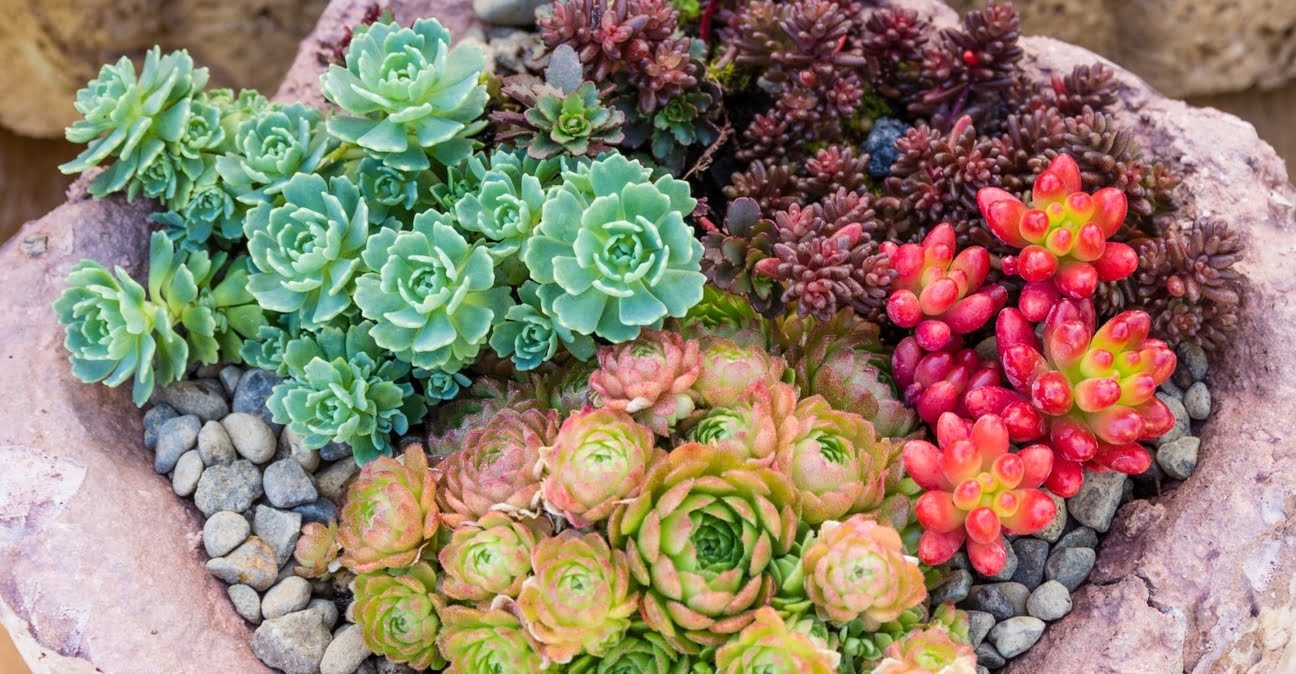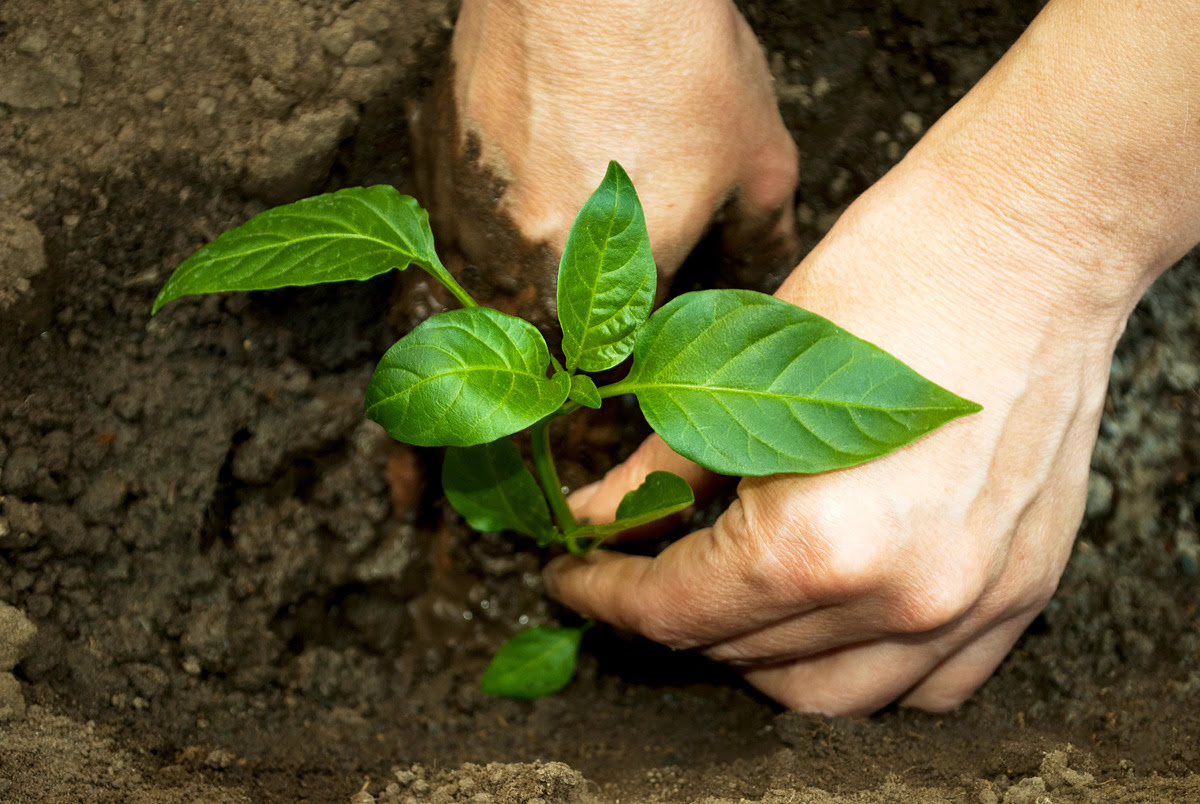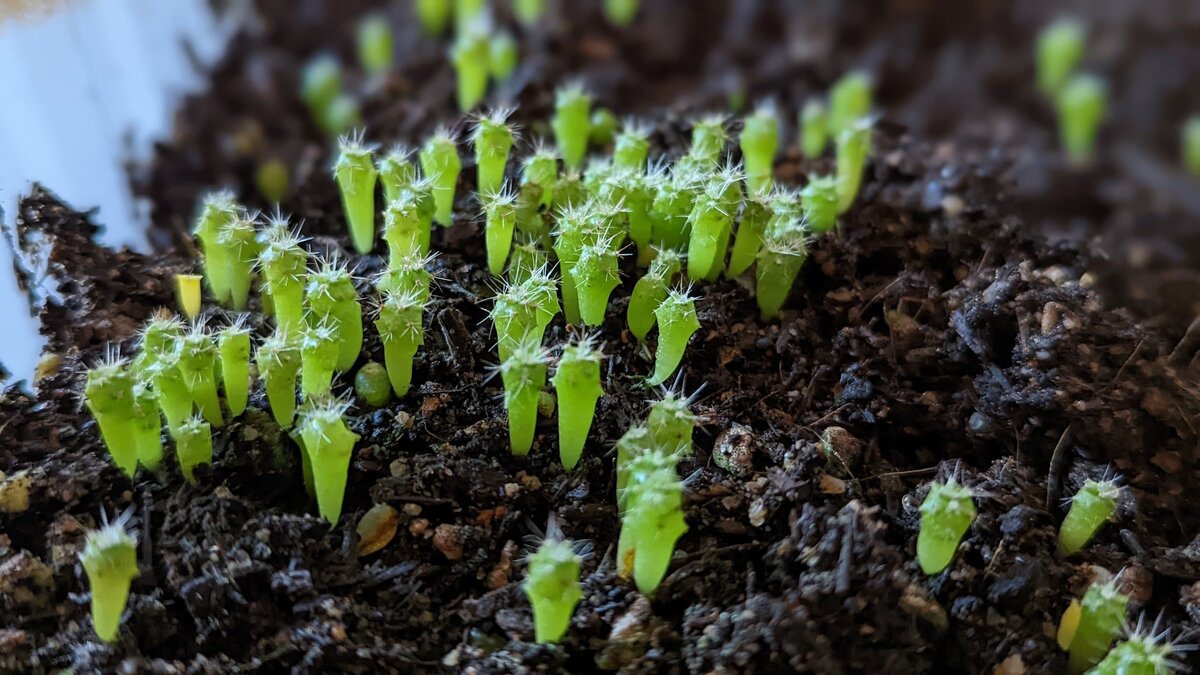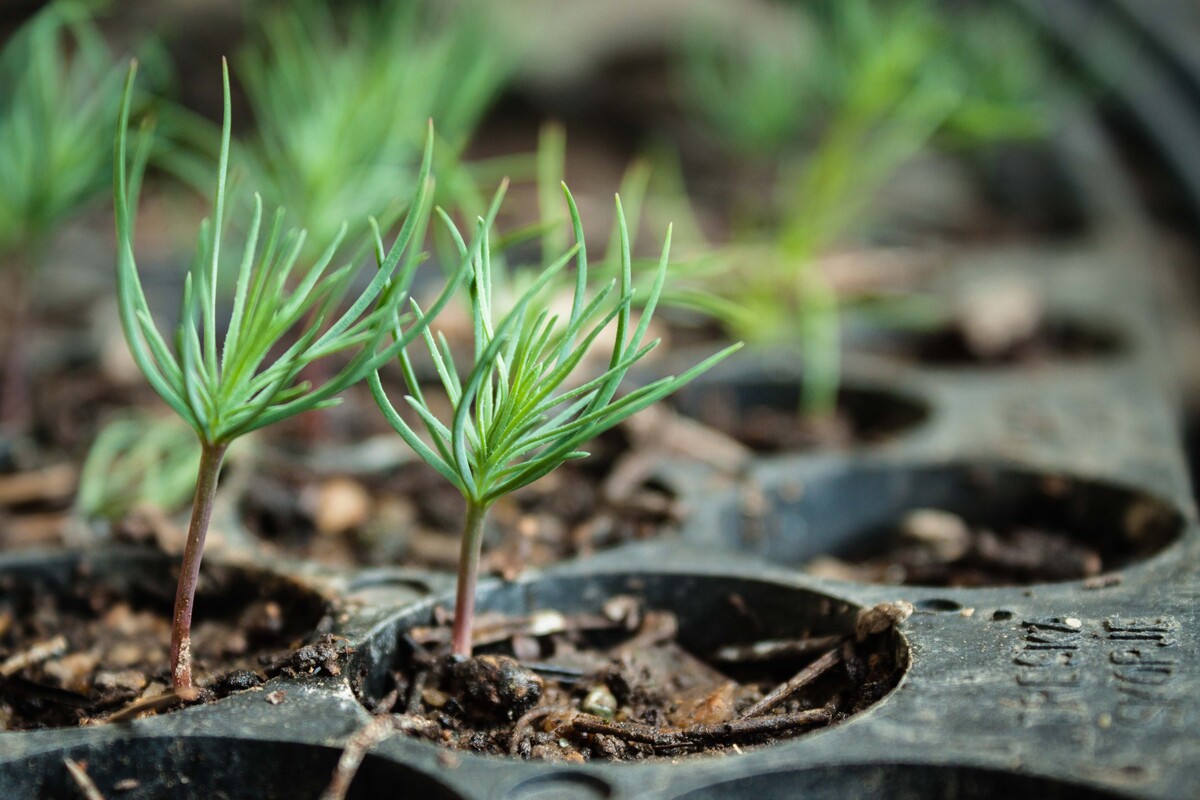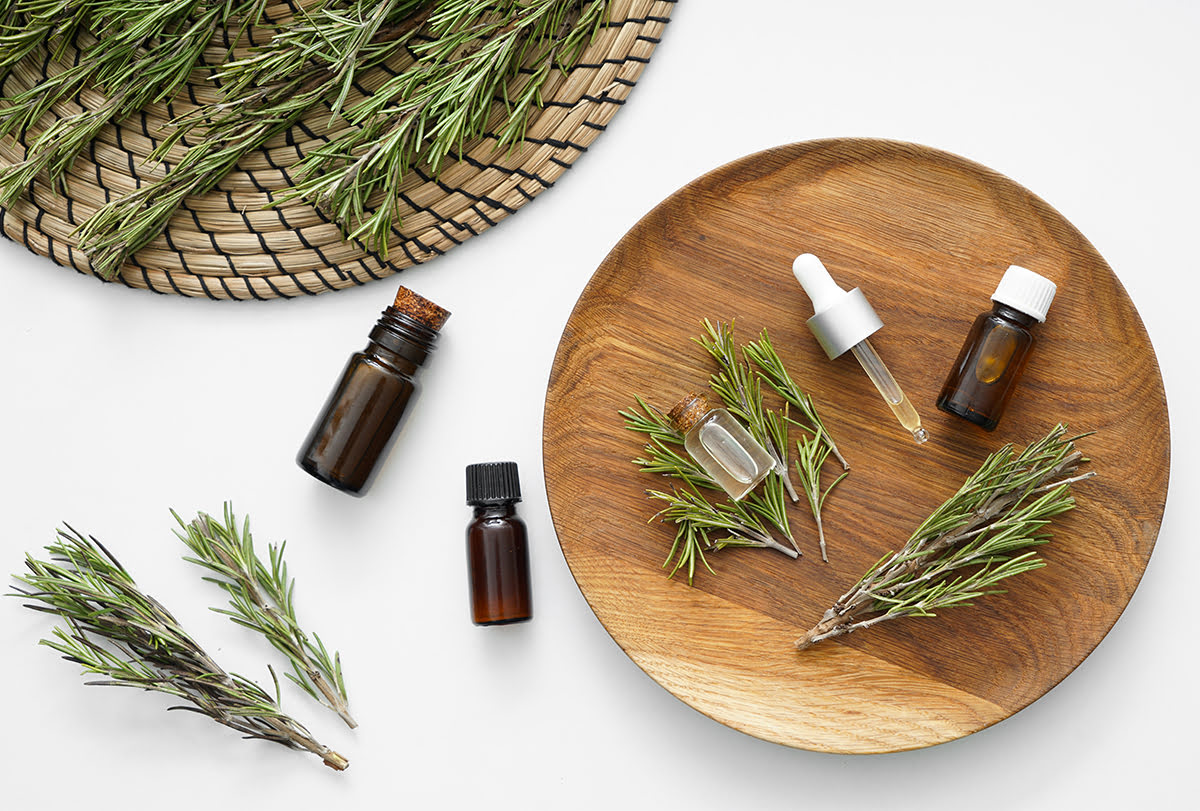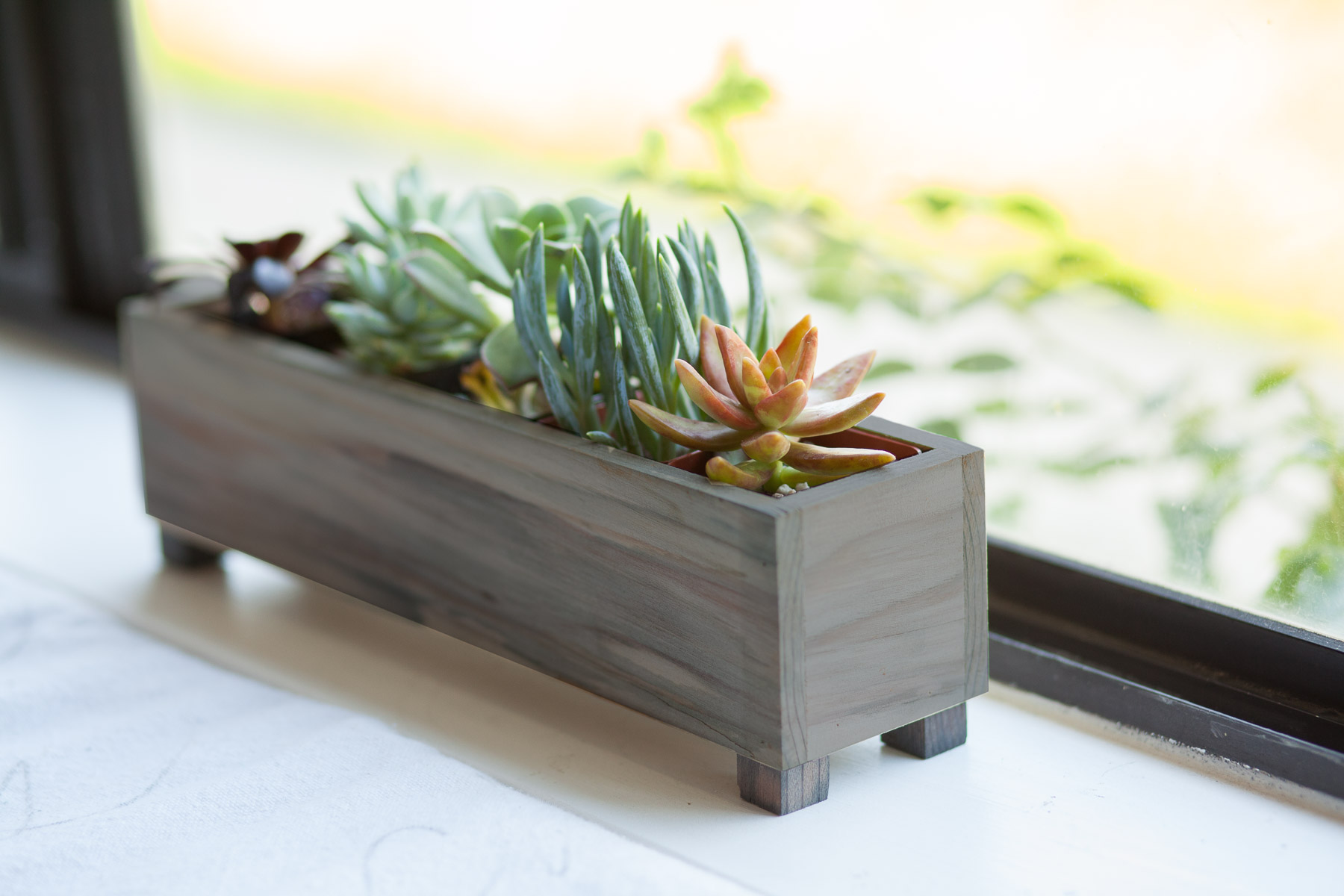Home>Types of Gardening>Ornamental Gardening>When Should I Repot Succulents
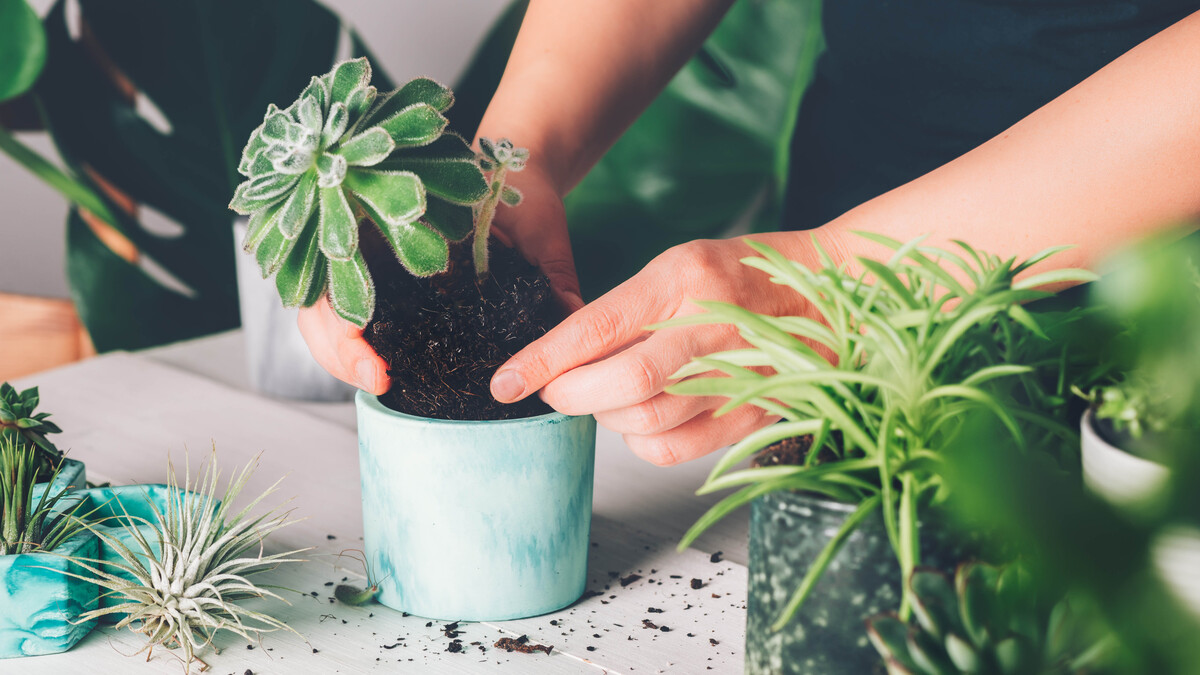

Ornamental Gardening
When Should I Repot Succulents
Modified: February 9, 2024
Discover when the ideal time to repot succulents is in your ornamental gardening journey. Learn expert tips for successfully transplanting these trendy and low-maintenance plants.
(Many of the links in this article redirect to a specific reviewed product. Your purchase of these products through affiliate links helps to generate commission for Chicagolandgardening.com, at no extra cost. Learn more)
Table of Contents
Introduction
Welcome to the world of ornamental gardening! If you have a keen interest in plants and adding a touch of beauty to your surroundings, then you have come to the right place. Ornamental gardening is a hobby that allows you to explore the endless possibilities of creating stunning displays using various plants and flowers. One particular area of ornamental gardening that has gained immense popularity is succulent cultivation.
Succulents, with their unique shapes and vibrant colors, have captured the hearts of many garden enthusiasts. These fascinating plants are not only visually appealing but also incredibly low-maintenance, making them a favorite among both beginners and experienced gardeners alike. However, just like any other living organism, succulents require specific care and attention, including appropriate repotting when the time comes.
In this article, we will delve into the world of succulent repotting and answer the important question of when it is the right time to repot your beloved succulents. By understanding the signs that indicate the need for repotting, choosing the right pot and soil, and following a step-by-step process, you will be able to successfully repot your succulents and ensure their continued growth and health.
So, if you are ready to learn about the fascinating world of succulent repotting, let’s dive in and discover how to keep your succulents thriving for years to come!
Understanding Succulents
Before we dive into the topic of repotting succulents, it is important to have a basic understanding of these fascinating plants. Succulents are a diverse group of plants that have adapted to arid environments by evolving specialized features. Their ability to store water in their leaves, stems, and roots allows them to survive in harsh conditions with limited rainfall.
One of the defining characteristics of succulents is their fleshy, thickened leaves. These leaves serve as water reservoirs, enabling succulents to withstand drought and dry periods. They come in a variety of shapes, sizes, and colors, ranging from the iconic rosette pattern of Echeveria to the slender, spiky leaves of Agave.
Succulents belong to various plant families, including but not limited to Crassulaceae, Aizoaceae, and Asclepiadaceae. Each family has its unique set of features and care requirements, which is something to keep in mind when repotting succulents.
Another interesting aspect of succulents is their ability to propagate easily. Many succulents can grow new plants from leaves, cuttings, or offsets, making them a great choice for beginners and those who enjoy expanding their collection. This ability to reproduce allows for a refreshing variety of shapes and colors in the succulent world.
It is essential to understand the natural environment of succulents to emulate these conditions when growing them. Most succulents prefer well-draining soil, ample sunlight, and a dry climate. Overwatering or using a soil mix that retains moisture can lead to root rot and other problems.
Now that you have a basic understanding of what makes succulents unique, we can move on to recognizing the signs that indicate it is time to repot your succulent friends. Remember, each succulent is different, so it is crucial to observe the individual needs of your plants and adjust their care accordingly.
Signs That Your Succulent Needs Repotting
As your succulent grows and matures, there will come a time when it outgrows its current pot and needs to be repotted. It is important to recognize the signs that indicate your succulent is due for a new home. Here are a few key indicators that it’s time to repot your succulent:
- Root Overcrowding: If you notice the roots of your succulent growing out of the drainage holes or wrapping around the base of the pot, it’s a clear indication that the plant has outgrown its current container. Crowded roots can impede the plant’s growth and lead to nutrient deficiencies.
- Slow Growth: If you’ve noticed that your succulent is not growing as vigorously as it used to, it may be a sign that it is running out of space in its current pot. When the roots become cramped, the plant’s growth can slow down, resulting in stunted or weak stems and leaves.
- Water Drainage Issues: Proper drainage is crucial for succulents as they are prone to root rot if they sit in waterlogged soil for prolonged periods. If you find that the soil takes a long time to dry out after watering or if water pools on the surface, it’s a sign that the current pot is not providing adequate drainage.
- Unstable Plant: If you notice that your succulent is tipping over easily or leaning to one side, it may be a sign that the current pot is too small or unbalanced. Repotting it into a larger, more stable pot will help provide better support for the growing plant.
- Dry or Cracked Soil: As succulents grow and consume water, the soil in the pot can become depleted of nutrients. If you notice that the soil is consistently dry, cracked, or compacted, it’s an indication that your succulent needs fresh soil and a larger pot to accommodate its growing needs.
Observing these signs and responding to them in a timely manner will ensure the health and vitality of your succulents. Repotting at the right time will provide your plants with ample space for continued growth and prevent them from becoming rootbound. Now that we know when to repot, let’s explore the optimal time to carry out this essential gardening task.
The Right Time to Repot Succulents
Timing is crucial when it comes to repotting succulents. You want to choose the right moment that will cause the least stress to the plant and give it the best chance of thriving in its new pot. While succulents are generally resilient, it is important to be mindful of their growth patterns and seasonal changes when determining the right time to repot.
The ideal time to repot your succulent is during its active growing season, which is typically in spring or early summer. During this period, succulents are actively producing new growth, and their roots are more capable of adjusting to a new environment. Avoid repotting during the winter months or when the plant is dormant, as this can interrupt its natural growth cycle and potentially cause damage.
It is also important to consider the specific succulent species when determining the right time to repot. Some succulents, such as those in the Crassulaceae family, prefer to be repotted in the spring when they are beginning their growth phase. Others, like certain types of Echeveria, can be repotted anytime during the growing season without significant negative effects.
In addition to the time of year, it is essential to evaluate the overall health and condition of the succulent. If the plant is showing signs of stress, such as wilting, yellowing leaves, or pest infestation, it is best to address those issues before repotting. Wait until the succulent has regained its strength and is showing signs of recovery before proceeding with repotting.
Lastly, consider the size of the current pot in relation to the plant’s growth. If you notice that the roots are starting to grow out of the drainage holes or the plant looks visibly cramped, it’s a clear indication that a larger pot is needed. It’s best to repot before the roots become severely tangled and compacted, as this can make the repotting process more challenging and potentially harm the plant.
By repotting your succulents at the right time, you are providing them with the best chance of adapting to their new environment and thriving in their new pot. Now that we know when to repot, let’s explore the important factors to consider when choosing the right pot and soil for repotting your succulents.
Choosing the Right Pot and Soil for Repotting
When it comes to repotting your succulents, selecting the right pot and soil is crucial for their overall health and growth. Here are some important factors to consider when choosing the appropriate pot and soil:
1. Pot Selection:
Choosing the right pot for your succulent is essential for its well-being. The pot should have drainage holes to ensure excess water can easily escape, preventing the risk of root rot. Terra cotta pots are an excellent choice as they are porous and help promote airflow to the roots. Additionally, they absorb excess moisture, preventing the soil from becoming too saturated. Ceramic or plastic pots can also be used, but it’s important to ensure they have proper drainage.
Consider the size of the pot as well. Ideally, the new pot should provide enough space for the succulent’s roots to grow and allow for proper airflow. A good rule of thumb is to choose a pot that is 1-2 inches larger in diameter than the current pot to allow for ample root expansion.
2. Soil Composition:
Succulents thrive in well-draining soil that prevents water from sitting around the roots for too long. A common mistake is using regular potting soil, which is often too moisture-retentive for succulents. Instead, opt for a fast-draining soil mix specifically formulated for succulents or cacti. These mixes typically consist of a combination of components such as perlite, coarse sand, and porous materials to ensure good drainage.
You can also create your own well-draining soil mix by combining equal parts of potting soil and perlite or pumice. This will ensure that excess moisture quickly drains away from the roots, reducing the risk of root rot. Avoid using heavy garden soil or compost, as they can become compacted and hinder water drainage.
3. Additional Considerations:
Keep in mind that succulents prefer a slightly acidic to neutral pH soil. Testing the pH level of the soil mix or using pre-packaged succulent soil mixes can help ensure the right balance.
Furthermore, it’s always a good idea to include a layer of rocks, pebbles, or broken pottery at the bottom of the pot to further improve drainage. This prevents the drainage holes from getting clogged with soil and allows excess water to flow freely away from the roots.
By choosing the right pot and soil for repotting, you are providing your succulents with an optimal growing environment. Now that we’ve covered the basics of pot and soil selection, let’s move on to the step-by-step process of repotting succulents.
Steps to Repotting Succulents
Repotting succulents is a straightforward process, but it requires some care and attention to ensure the health and well-being of the plants. Follow these steps to successfully repot your succulents:
1. Prepare the Materials:
Gather all the necessary materials, including the new pot, well-draining soil mix, a trowel or spoon, and a pair of gardening gloves. Make sure your new pot has proper drainage holes and is clean.
2. Water the Succulent:
About a day or two before repotting, water your succulent to make the root ball easier to remove from the old pot. It’s best to avoid handling a dry root ball as it may crumble easily and damage the plant.
3. Remove the Succulent from the Old Pot:
Gently tap the bottom of the pot or squeeze the sides to loosen the root ball. Carefully lift the succulent out, supporting the base of the plant with your hand. If the roots are tightly bound, you may need to gently tease them apart with your fingers or a tool to promote healthier growth.
4. Prepare the New Pot:
Add a layer of rocks or broken pottery at the bottom of the new pot to improve drainage. Fill the pot one-third full with the well-draining soil mix, ensuring there is enough room for the root ball to sit comfortably inside.
5. Repot the Succulent:
Place the succulent into the new pot, making sure it is centered and level. Add more soil mix around the sides, gently pressing it down to secure the plant. Leave a bit of space between the soil surface and the rim of the pot to allow for watering without overflowing.
6. Give the Succulent a Gentle Watering:
After repotting, give the succulent a light watering to settle the soil and remove any air pockets. Be careful not to overwater, as succulents are sensitive to excess moisture. Allow the soil to dry out before the next watering.
7. Allow the Succulent to Adjust:
Place the repotted succulent in a well-lit area, but avoid direct sunlight for the first few days to allow it to adjust to its new environment. Keep an eye on the plant for any signs of stress or dehydration, and adjust the watering and light conditions accordingly.
Following these steps will ensure a smooth and successful repotting process for your succulents. Now that we have completed repotting, let’s explore how to care for your newly repotted succulents.
Caring for Newly Repotted Succulents
After repotting your succulents, it’s important to provide them with the right care to help them adjust and thrive in their new pots. Here are some essential tips for caring for your newly repotted succulents:
1. Gradually Introduce Sunlight:
Place your repotted succulents in a location with bright, indirect sunlight for the first few weeks. This will help them acclimate to their new environment and prevent sunburn. As they adjust, gradually introduce them to more direct sunlight, ensuring they receive at least 6 hours of sunlight each day.
2. Water Sparingly:
After repotting, allow the soil to dry out completely before watering again. Succulents are drought-tolerant plants, and overwatering can lead to root rot and other issues. Water only when the soil is dry about one inch deep, and make sure to water thoroughly, allowing any excess water to drain away.
3. Avoid Overfertilization:
During the first few months after repotting, avoid fertilizing your succulents. Fresh soil contains enough nutrients to sustain them, and overfertilization can cause stress and damage. Once your succulents have settled into their new pots, you can introduce a balanced, diluted fertilizer specifically formulated for succulents, following the manufacturer’s instructions.
4. Monitor for Signs of Stress:
Keep a close eye on your repotted succulents for any signs of stress, such as wilting, discoloration, or pests. If you notice any issues, investigate the cause and take necessary action, whether that involves adjusting watering frequency, providing better temperature or lighting conditions, or addressing any pest infestations.
5. Maintain Proper Air Circulation:
Adequate air circulation is crucial for succulents, as it helps prevent fungal and bacterial diseases. Avoid overcrowding your succulents, allowing enough space between each plant to promote airflow. Additionally, avoid placing them in areas with stagnant air, such as closed rooms or humid environments.
6. Be Patient:
It is normal for succulents to experience some transplant shock after repotting. It may take a few weeks for them to adjust and recover fully. Be patient, provide the necessary care, and allow them time to adapt to their new pots. With patience and proper care, your succulents will soon thrive and bring beauty to your indoor or outdoor space.
By following these care tips, you will help your newly repotted succulents establish strong root systems and continue to flourish in their new pots. Now that we have covered caring for your succulents, let’s summarize all the important points discussed in this article.
Conclusion
Ornamental gardening is a delightful hobby that allows us to express our creativity and surround ourselves with the beauty of nature. Succulents, with their unique shapes and vibrant colors, have become a popular choice among gardeners, thanks to their low-maintenance nature and stunning appearance.
Knowing when and how to repot your succulents is essential for their continued growth and well-being. By recognizing the signs that indicate the need for repotting, choosing the right pot and soil, and following a step-by-step process, you can successfully transplant your succulents and provide them with the best environment to thrive.
Remember to observe the individual needs of your succulents and adjust their care accordingly. Understanding their growth patterns, the right time to repot, and the importance of proper pot and soil selection will set you up for success.
After repotting, provide your succulents with the appropriate care, including gradual exposure to sunlight, sparing watering, and monitoring for signs of stress. By maintaining optimal growing conditions, your repotted succulents will soon adapt, develop strong root systems, and grow into healthy, vibrant plants that bring joy to your space.
So, whether you’re a seasoned gardener or just starting out, embrace the world of succulents and enjoy the satisfaction of nurturing these unique plants. With a little knowledge, patience, and love, your succulents will reward you with their resilience, beauty, and the tranquil charm they bring to any environment.

